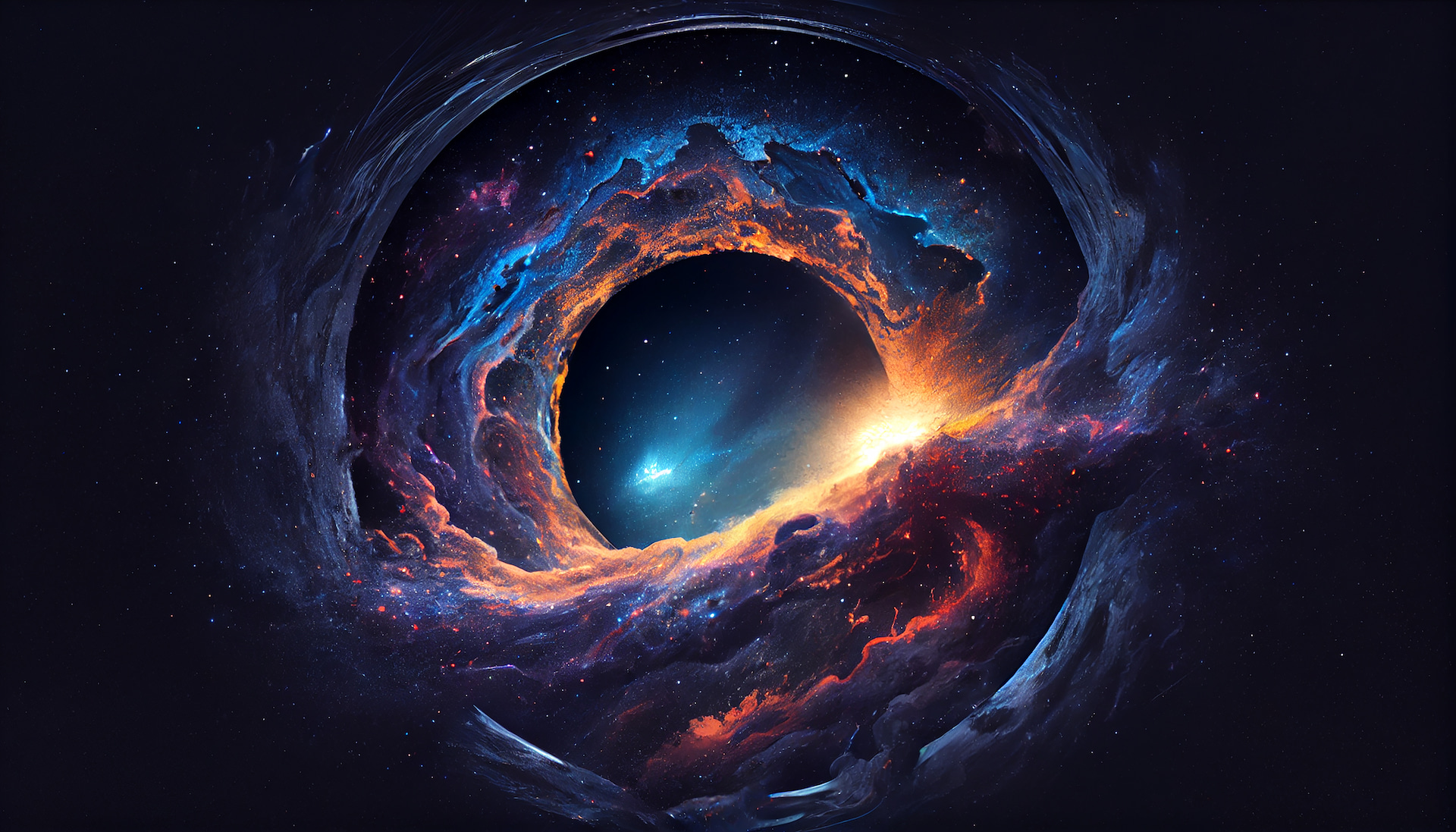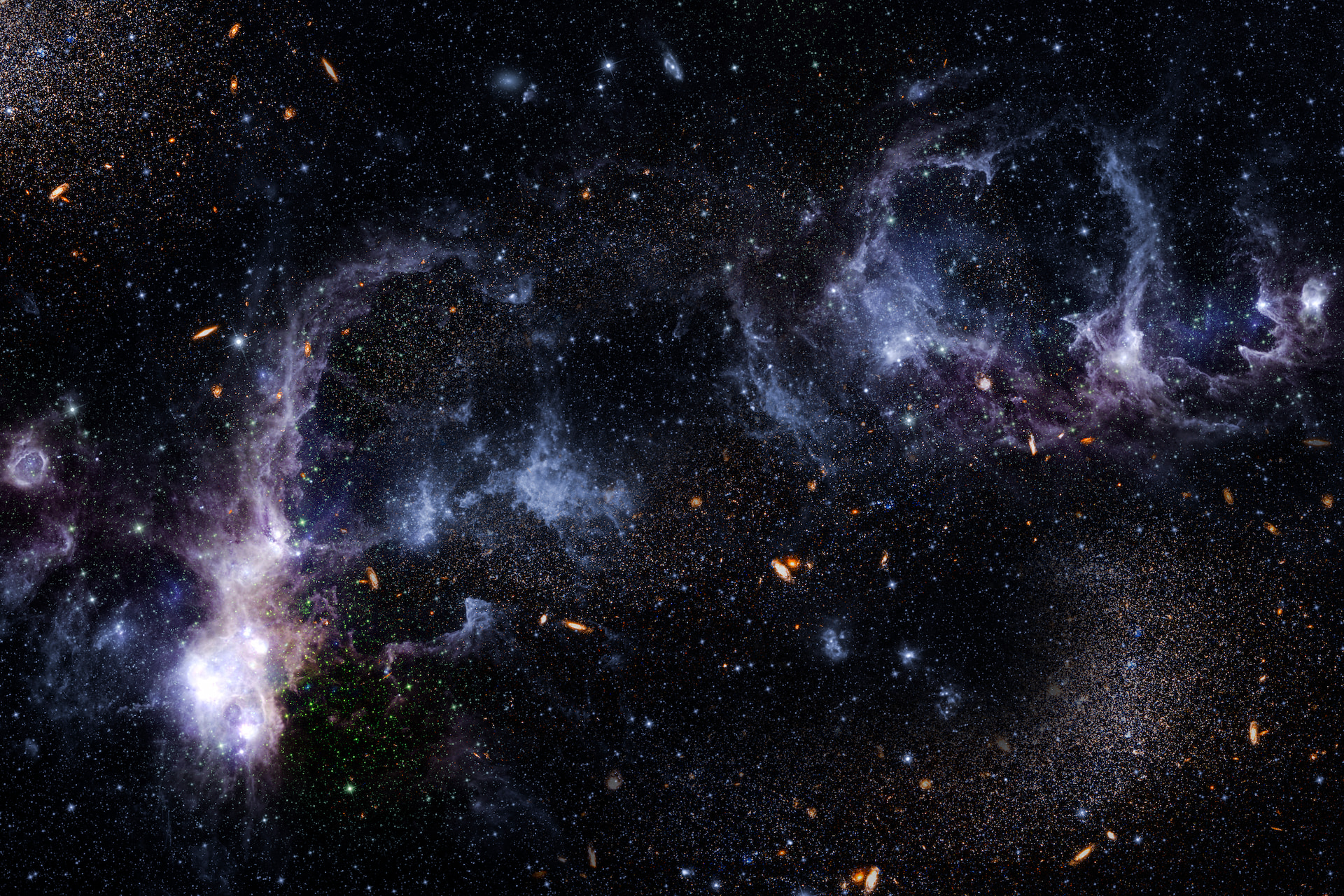In the annals of human innovation, there comes a moment where a pioneering idea evolves from a series of formulations and deliberations to herald an unprecedented era of sustainable possibilities. The Pi-Car stands as a testimony to such a magnificent metamorphosis, breaking the shackles of the established norms and boldly stepping into the realm of endless opportunities.











